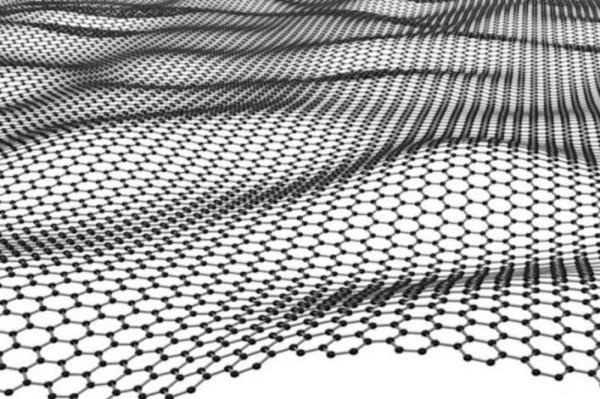
March 7 (UPI) — Scientists in the Czech Republic created magnetized carbon by treating graphene layers with non-metallic elements.
Their invention, detailed in the journal Nature Communications, is the first non-metal magnet to maintain its magnetic properties at room temperature. Researchers say the discovery has a wide array of potential applications in the fields of biomedicine and electronics.
“For several years, we have suspected that the path to magnetic carbon could involve graphene — a single two-dimensional layer of carbon atoms,” lead researcher Radek Zbořil, director of the Regional Center of Advanced Technologies and Materials at the Palacky University, Olomouc, said in a news release. “Amazingly, by treating it with other non-metallic elements such as fluorine, hydrogen, and oxygen, we were able to create a new source of magnetic moments that communicate with each other even at room temperature. This discovery is seen as a huge advancement in the capabilities of organic magnets.”
The researchers at RCPTM also developed a theoretical model to explain how their unique chemical treatment yields magnetized graphene.
“In metallic systems, magnetic phenomena result from the behavior of electrons in the atomic structure of metals,” explained researcher Michal Otyepka. “In the organic magnets that we have developed, the magnetic features emerge from the behavior of non-metallic chemical radicals that carry free electrons.”
Graphene is already well-known among material scientists for its unique electronic properties and conductivity. Add magnetism to the mix and researchers say the possibilities for scientific application are endless.
“Such magnetic graphene-based materials have potential applications in the fields of spintronics and electronics, but also in medicine for targeted drug delivery and for separating molecules using external magnetic fields,” said scientist Jiri Tucek.
Researchers at Olomouc also recently built the world’s smallest metal magnet, and RCPTM scientists are currently trying to build magnetic molecules.






